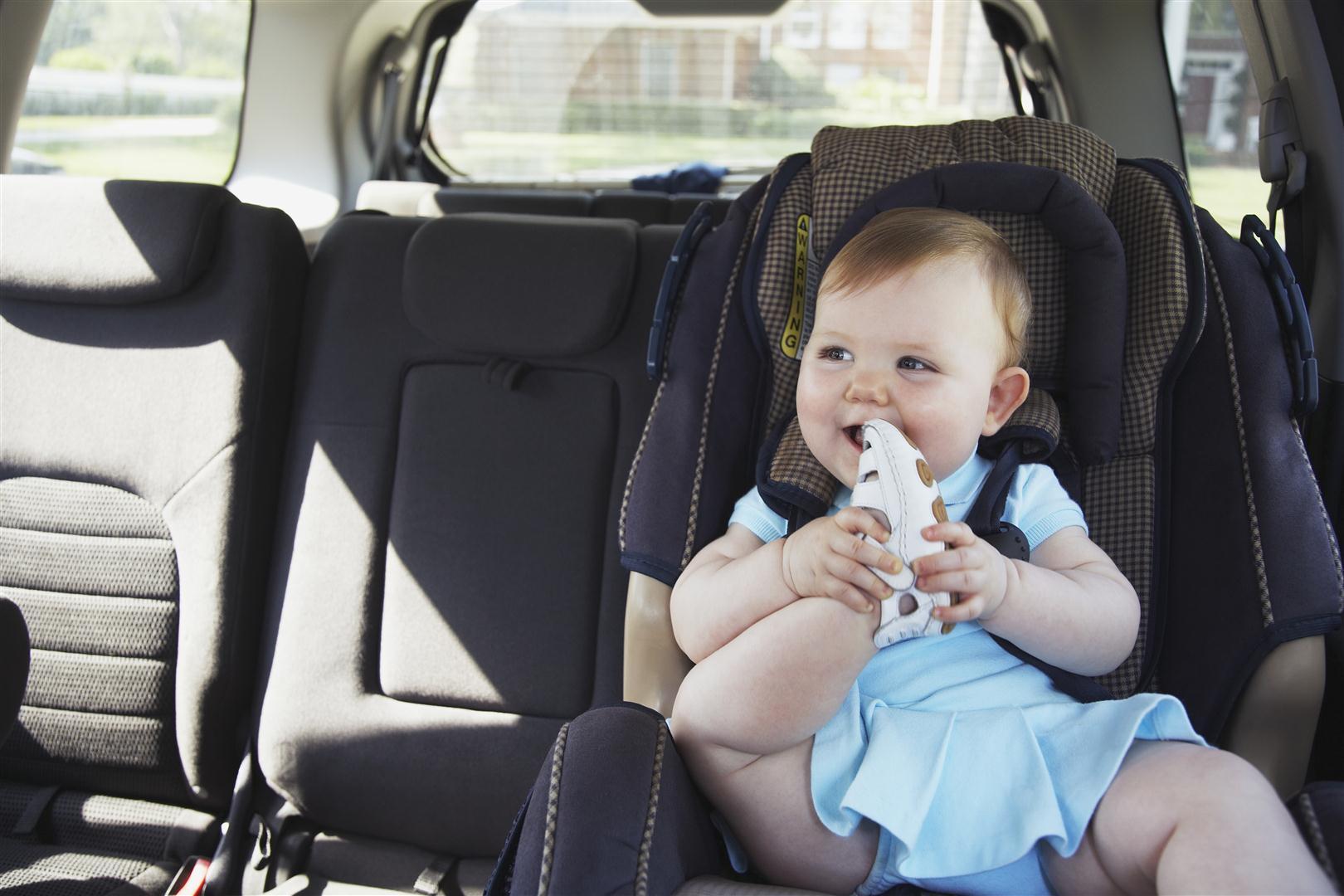Some useful indications to transport the Smallest Passengers with greater safety

When traveling by car special attention is paid to smaller passengers, for which normal restraint systems are not effective, and in many cases dangerous. Children weighing less than 36 kg and height less than 1.50 meters must always be placed in the child seat or on the bearing to match the belts.
The seat should be secured to the seat with belts or through specific Isofix attachments, which facilitate the operation and are now available as optional on most vehicles.
With regard to the seat position in the passenger compartment, it is certainly preferable to fit it on the rear seat, which offers greater protection and does not require the presence of the front airbag. Inflammation of the pillow, in fact, can cause serious injuries to the baby, which can also be fatal.
However, it is also possible to place the seat on the front seat, provided that the airbag can be switched off by means of a special switch (usually operated by inserting the ignition key). To find out if your car is equipped with a deactivable airbag, just read the model maintenance and maintenance manual.
Speech apart deserves the orientation of the child seat. Class 0 child seats, reserved for children up to 10 kg, must be fitted to counter-warp to avoid neck strain in case of high deceleration. On the other hand, they can be driven in the direction of travel by Group 1 child seats, reserved for children weighing between 9 and 18 kg, Group 2 child seats for children over 15 kg, and Group 3, basically a simple cushion for children over 22 kg.
Posted on 29 April



